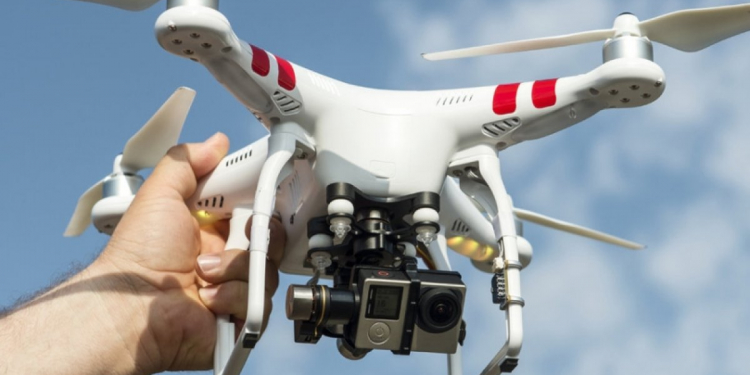Precision agriculture is already the norm for many arable farms. Modern technological advancements like guidance systems and positioning technology are helping us get the most out of the land.
New methods for collecting important cultivation data are currently being developed.
Does this require future growers to become ICT experts?
Precision agriculture
Precision agriculture means implementing the right cultivation measures at the right time and in the right place. Sensors and drones can help to determine precisely what the crops need, which helps growers to determine how their crops should be fed and harvested down to the square centimetre. This allows them to work more efficiently and more sustainably. It saves water, fertilizer, and protective equipment, which is better for the environment and easier on the grower’s wallet.
Practical experiences
Derk Gesink, an HZPC grower from Mensingeweer, launched a precision agriculture project along with five other growers. In this video, he explains the benefits of precision agriculture and why future growers need to adopt the method to stay in business.
Derk Gesink, an HZPC grower from Mensingeweer, launched a precision agriculture project along with five other growers. In this video, he explains the benefits of precision agriculture and why future growers need to adopt the method to stay in business.The Discovery Channel also stressed the importance of the connected grower in a documentary film that follows Jacob van den Borne, a frontrunner in the field of precision farming in the Netherlands.
Old MacDonald had a drone (full): Potato farmer Jacob van den Borne on Precision farming
Research
HZPC participates in the research programme ‘Op naar Precisielandbouw 2.0’ (Towards Precision Agriculture 2.0). This programme aims to conduct a four-year research study with the help of more than twenty partners on strategic themes within precision agriculture, with the goal of accelerating the implementation and the advantages for growers, chains, and society. Key themes include satellite images, soil and crop sensors, integration and applications, plot properties, yield potential, supportive ICT applications, and knowledge dissemination.
HZPC & precision agriculture
Precision agriculture has been the subject of various trials in recent years. HZPC has participated in several projects of its own; however, its practical applications have not been fully adopted by arable farmers. Over the past five years, various developments have emerged throughout the chain, which have made investments even easier. Much data has been collected and recorded on plot maps. Increasing precision and more efficient links between databases have opened up new opportunities for comparing this data. The possibility of applying site-specific farming interventions will only increase in the future.
The biggest challenge is to link this so-called ‘big data’ and find a comprehensive way to analyse it. As this often involves huge databases that display complex processes such as the local climate, soil biodiversity, and plant response, finding a way to properly analyse this data is difficult. HZPC believes it can find a way to help growers in this area. Growers can learn from each other on a daily basis by sharing information in real-time. This type of knowledge sharing is far more valuable than evaluating your own experiences every year. Whereas before growers would need twenty years to compare twenty experiences, it will soon be possible for twenty growers to acquire even more knowledge in just one year. We see that steps can be made in terms of both yield increases and in the quality of our seed material. HZPC can further guarantee its quality by planting the right variety on the best plot of land.
We are also accepting the challenge posed by our customers. In the near future, we will not only focus on selling seed material for a fixed price, we will also focus on offering a service package that contains much more than the blue NAK label requires. HZPC recently took its first drone measurements above test plots. These provided us with cultivation data and a tremendous opportunity in the field of breeding, as it makes selecting different varieties far more efficient. In short, there are plenty of challenges that allow us to tackle this issue from the entire chain!
SourceHZPC magazine Inzpire

